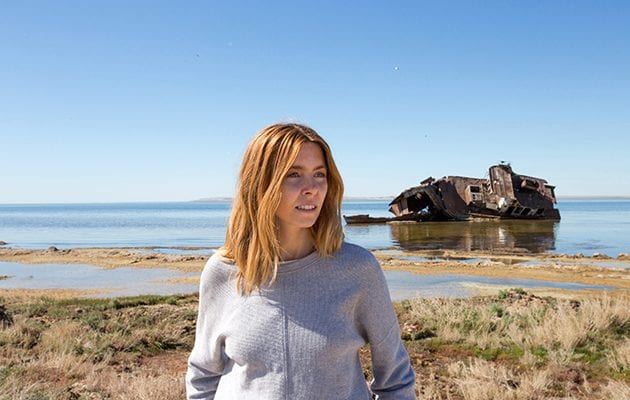Apart from the devastating reality of the fashion supply chain, one major aspect of un sustainability within the fashion industry is down to consumerism. Habits we have picked up over the years, through the amount we shop. where we buy, how we value our clothes and what we do when we no longer need/want them.
Sustainability to me isn’t a way of manufacturing and sourcing their products that fashion retailers should inspire to, it should be a necessity. If a brand does not work sustainably then it should be labelled an unsustainable brand with unfair working conditions. These are factors that us as consumers should be aware of, not hidden from us. Whether a brand says they have started to use sustainable materials, does not certify them sustainable. Regarding from Stacey Dooley’s documentary, brands such as Primark attending a sustainable conference to talk about sustainability was not willing to enclose their source, why is that? If they were fully sustainable this wouldn’t have been an issue. Retailers tell us what we want to hear whether it’s true or false. Unfortunately, there is little we can do in terms of the supply chain but one large aspect that we can control is consumerism. Fast fashion is a retailers dream, we buy countless amounts of cheap fabric clothing every year to ensue we keep up with the latest ‘52’ trends of the year, and due to the low prices we think nothing of it and if it breaks we just buy another. But what if we knew where our clothing was made and who made them, would we think differently before we buy? We need to value our clothing and pay just that little extra for sustainable clothing that are durable therefore we do not have to keep on buying more.













